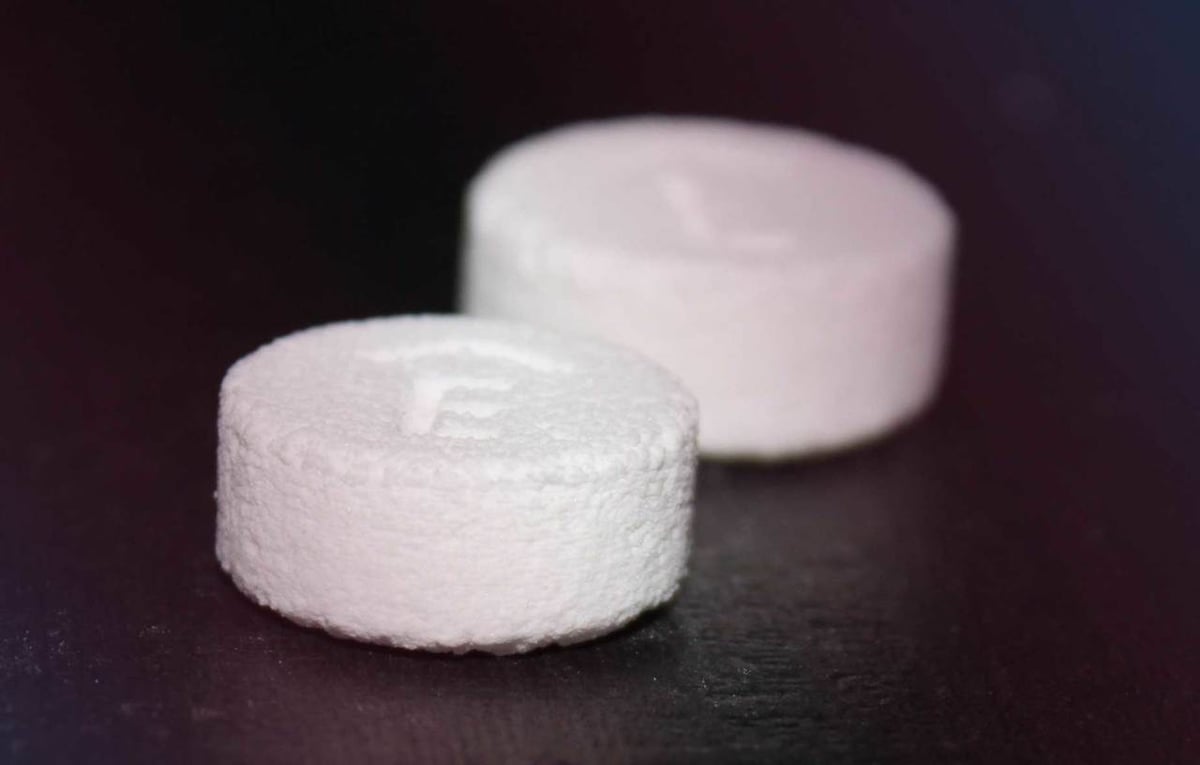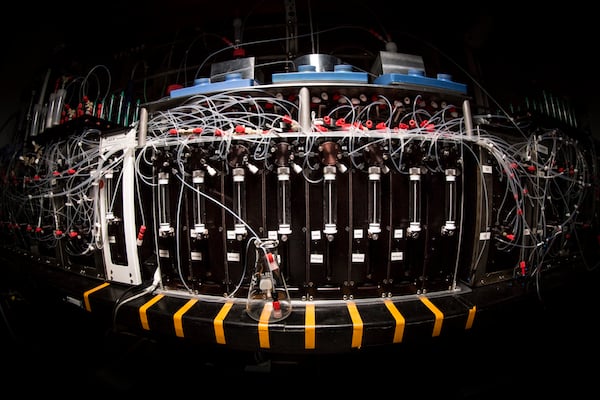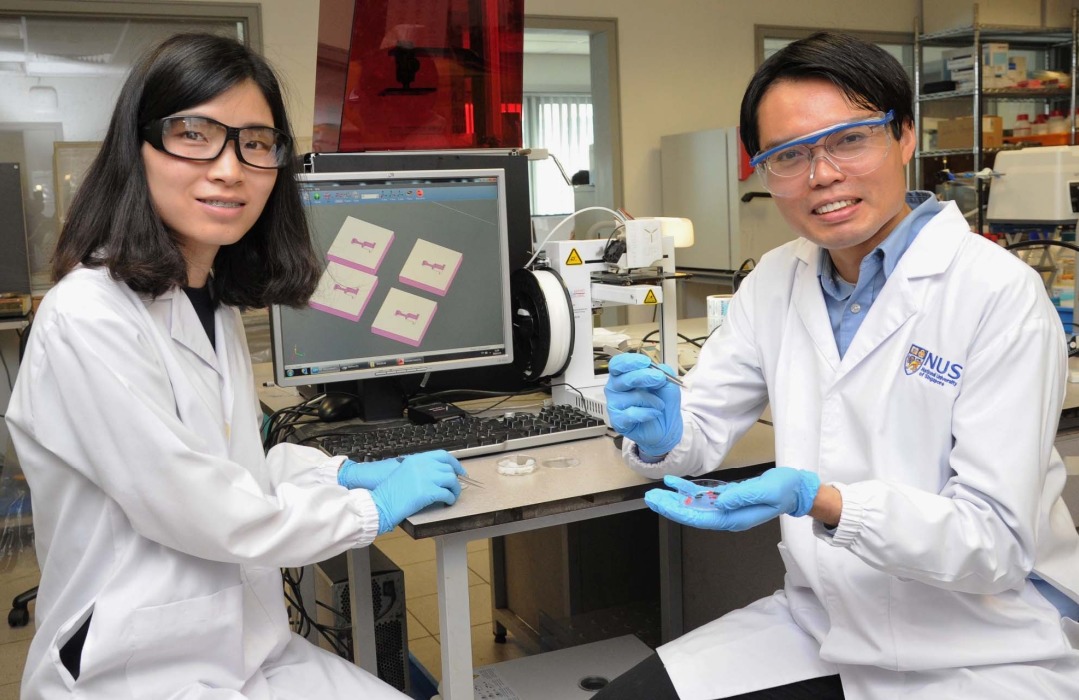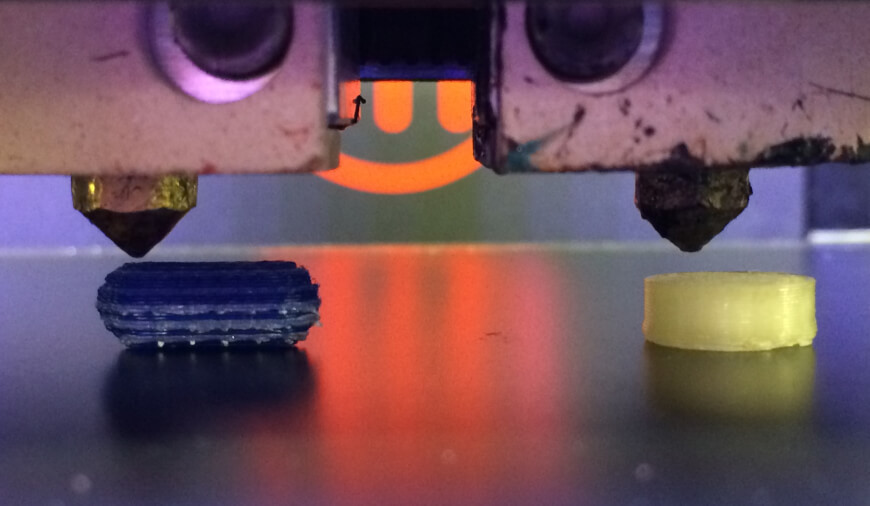The Need for Personalized Medication

Millions of people around the world are regular users of medicinal pills and capsules. While we acknowledge the fact that pills make us feel better and treat us, we should also not ignore the difficulties we face when taking a pill.
According to PMLive, a recent survey revealed that up to 50% of people have difficulties during pill intake. Some people find it difficult to swallow capsules due to large sizes. Children may avoid tablets owing to their unpleasant taste. It’s still worse in the case of elderly people. Their usual routine of medications includes a handful of pills. For these reasons, it’s important to address problems associated with taking pills.
The conventional drug manufacturing process uses standard drug formulations that are more suitable for mass manufacturing. But they can’t provide answers to all the challenges faced by customers. A more powerful technology that drives “personalization” is the need of the hour in the pharmaceutical industry.
Enter 3D printing and “personalized medicines”. Scientists and pharmaceutical researchers believe that 3D printing may be an answer to most of the problems associated with drug intake.
Vision
The main idea behind 3D printing drugs is to design and develop medicines that are suited to an individual’s needs. In this way, we can easily adjust the size, appearance, shape, and rate of delivery of a wide array of medicines.
Let’s first have a look at the different 3D printing technologies used for drugs followed by the recent trends across the world in 3D printed drugs.
Drug 3D Printing Technologies

FDM and HME
Fused deposition modeling (FDM) combined with hot melt extrusion (HME) — to produce drug-loaded filaments — represents one promising technique for 3D printing drugs. The major challenge is that the temperatures needed during printing might degrade active pharmaceutical ingredients (APIs).
One researcher explored the feasibility of FDM to 3D print tablets. Specifically, he loaded domperidone into hydroxypropyl cellulose (HPC) filament, which was then 3D printed using FDM to create hollow tablets. Another researcher demonstrated that prednisolone could be loaded into PVA filament and 3D printed.
Inkjet Printing
In inkjet printing, different combinations of active ingredients and excipients (inks) are sprayed through a nozzle to deposit three-dimensional structures in solid dosage forms. This layer-by-layer deposition of the drug ingredient gives rise to a three-dimensional tablet.
In one particular study, maltodextrin and maltitol were mixed with a drug carrier called captopril. The powders were then bound using water-based inks.
SLA
Stereolithography (SLA) is another promising technology for the fabrication of drug-loaded tablets. In general, SLA uses a laser beam to photopolymerize monomers.
Using SLA, a team out of University College London combined a drug monomer with a photoinitiatior in order to produce a resin-based pill.
SLS
Selective laser sintering (SLS) has been used to fabricate dosages with accelerated drug release. This is achieved by mixing active ingredients with certain copolymers and fusing the resulting powders with a laser.
For more details on different technologies in drug 3D printing, you can go through this research paper.
Spritam: First 3D Printed Drug

In 2015, Aprecia Pharmaceuticals developed Zipdose, patented technology for 3D printing drugs to enable high-dose medications in a rapidly disintegrating form. Using this technology, they then produced Spritam, which treats Epilepsy. This is the world’s first 3D printed drug approved by the FDA.
“By combining 3D printing technology with a highly-prescribed epilepsy treatment, we designed Spritam to fill a need for patients who struggle with their current medication experience,” said Don Wetherhold, CEO of Aprecia, in an interview with Time.
The active ingredient for the drug takes the form of a powder. It is deposited in layers, which are joined with a liquid binder to ensure perfect aggregation. This technology delivers an orodispersible tablet, which dissolves in seconds with very little water.
Howard Hughes Medical Institute: Molecular 3D Printing

Also in 2015, the Howard Hughes Medical Institute developed a molecular 3D printer for formulating new drugs by synthesizing blocks of small molecules from the basic chemical pattern.
Dr. Burke licensed this technology to Revolution Medicines, a company which he co-founded. They are currently developing protein tyrosine phosphatases, a powerful inhibitor that treats multiple forms of cancer.
Until now, work has been done to print an API together with PCL, which can then be implanted into a cancer-suffering pancreas.
FabRX: Polypills

FabRX is a biotech start-up that specializes in 3D printing medicines. It aims at providing personalized medicines and drug-loaded medical devices through their patented technologies. Their propriety technology Printlets offers personalized dosages, polypills, chewable medicines, and fast-dissolving tablets. The company is also developing drug-loaded medical devices using SLA.
Polypills offers many pills in one tablet, which reduces the number of tablet intakes. As an example, captopril, nifedipine, and glipizide — three drugs used to treat hypertension and type two diabetes — can be made available as a single pill. Chewable medicines and fast-dissolving tablets aid in drug consumption for young children and elderly people.
National University of Singapore: Customized Pills

According to GovInsider, the National University of Singapore (NUS) has developed software that allows doctors to customize pills according to their patients. Dr. Soh Siow Ling, the assistant professor who led the research says, “We can apply this at individualized settings where physicians could produce customized pills on the spot for patients or in mass production settings by Pharmaceutical companies.”
The research group currently holds a patent for its new approach of fabricating a multi-drug pill through 3D printing. They can also customize each drug to release at different rates.
ICT-Tvasta: Multiple Technologies for Controlled Drug Release

The Institute of Chemicals Technology (ICT) and Tvasta, based in Mumbai, are developing a technology to 3D print pharmaceutical tablets. Though their research is still in its early phases, their plan is to combine multiple additive manufacturing technologies to produce tablets with controlled drug release.
The team recently presented their work during the conference held by the Controlled Release Society in Mumbai. Their display won the best poster award from among 250 participants.
GlaxoSmithKline: Patient-Specific Dosages

According to Autodesk, GSK is currently looking at how 3D printed pharmaceuticals can help improve R&D productivity and deliver new benefits to patients. Martin Wallace, Director of GSK’s Technology, says, “One of the areas we are exploring is whether we can print patient-specific dosage forms.”
He also further revealed that GSK is currently investigating the 3D printing technologies that could convert the API into a curable ink. Going by Wallace’s words, we can expect GSK to be a potential player in this technology.
A Glimpse of the Future

Currently, it might be too early to consider 3D printing as an alternative technology for manufacturing drugs. In terms of mass production, 3D printing must first evolve and establish a few standards.
While the prospect of personalized medicines using 3D printing seems exciting, there are also several risks associated with it. That is where regulations play an important role. We need to license these 3D printed drugs only after exhaustive trails.
Nevertheless, 3D printing drugs is a promising area, which should prove to be beneficial once it properly takes hold of the industry.
To know more about the FDA’s take on drug 3D printing, check out their press statement.
Feature image source: Kratom IQ
License: The text of "3D Printing Drugs: The Latest Advancements" by All3DP is licensed under a Creative Commons Attribution 4.0 International License.